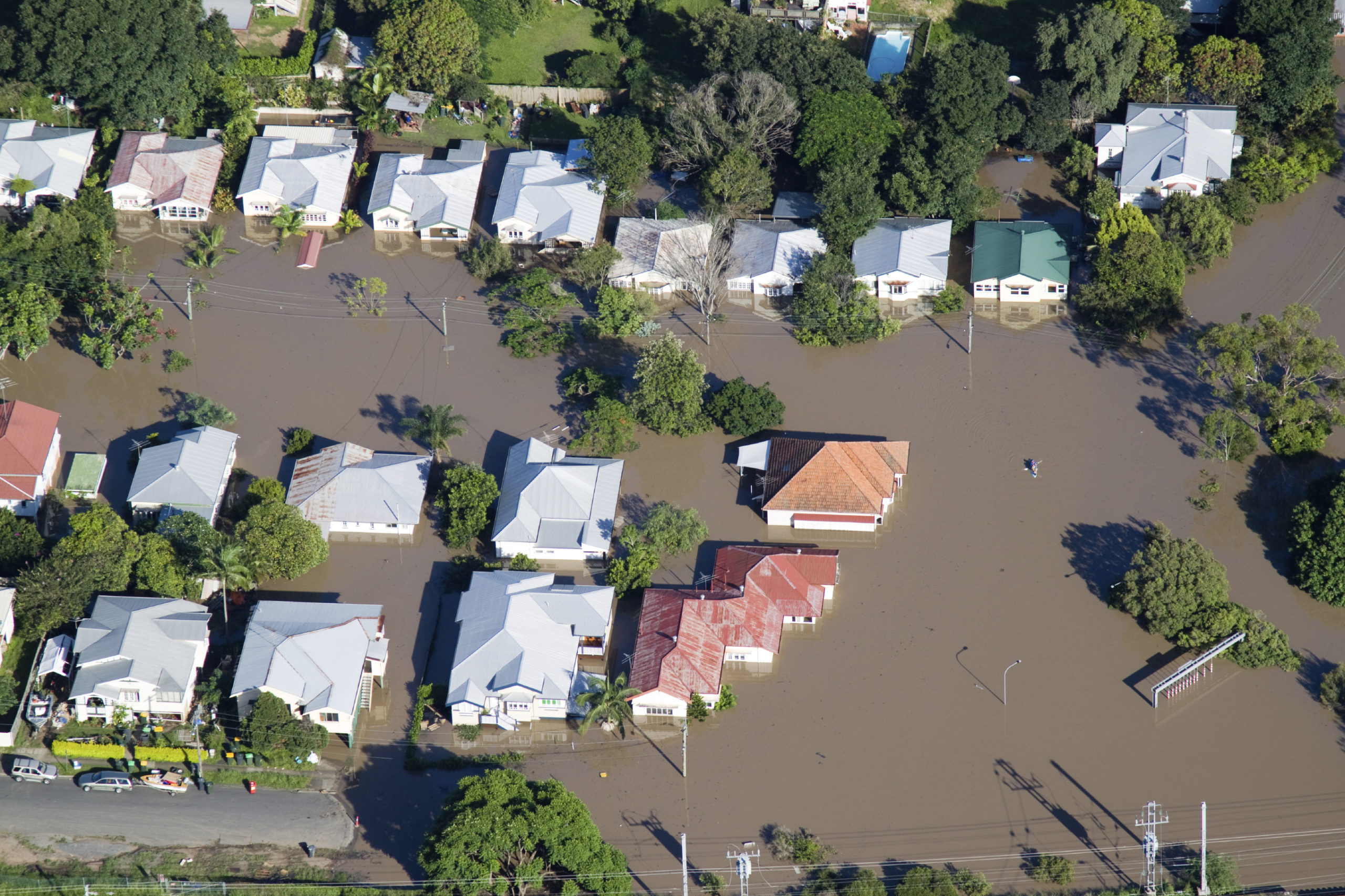Floods can happen within a few minutes or hours of heavy rainfall, a dam or levee failure or when a creek or river breaks its banks, or flooding can occur after several days of heavy rainfall when the ground becomes saturated.
Flood risk is not based solely on an area’s history of flooding; factors including rainfall, topography, flood mitigation and changes to the landscape caused by new infrastructure or developments can all cause exposure to flooding.
Improving resilience to flood
There are numerous steps that you can take to improve the resilience of your home or business to extreme weather events.
- Elevating the floor above defined flood levels
- Wet-proofing through the use of water-resilient materials such as polished concrete or tile floors
- Use of water-resistant wall framings and internal linings
Before a flood
Planning ahead is the best way to protect your family, home, business and assets from flood damage. Insurance helps to do this, so review your insurance policies and ensure your level of cover is appropriate.
Familiarise yourself with your local council’s emergency management plan or any flood-awareness material provided by local councils.
Property owners can take various steps that may reduce the level of impact experienced during a flood, including:
- Prepare a household inventory of the contents of your home and avoid being under insured by checking that the sum insured matches the value of your home and contents.
- Prepare a disaster plan that sets out what to do, where, when and how to manage property and family during a flood.
- Prepare a disaster supply kit, with cash, food, water, toiletries, medication, your household contents inventory, copies of important documents, protective clothing, a radio and a torch – and batteries for both.
- Check you have comprehensive car insurance. Remember that compulsory third-party insurance does not cover you for damage to your vehicle.
- Know where and how to turn off mains power, water, gas and solar power.
- Decide on the best strategy to protect your pets and other animals.
During a flood
If you are experiencing a flood there are practical steps you can take to stay safe and minimise damage to your property. This includes:
- Enact your disaster plan and follow the instructions of local authorities and emergency services
- If possible, lift furniture, clothing and valuables off the ground so they don’t get wet
- Ensure electrical equipment is unplugged and mains power, water, gas and solar power is turned off
- Have waterproof bags ready to protect clothing and important documents from storm damage
- Avoid entering floodwater on foot or in a vehicle. Floodwater can contain raw sewage and contaminants, conduct electricity and can mask hidden hazards. It can be deeper than you think and may be flowing rapidly.
- Stay informed and listen to ABC Local Radio and visit the Bureau of Meteorology website for updates.











